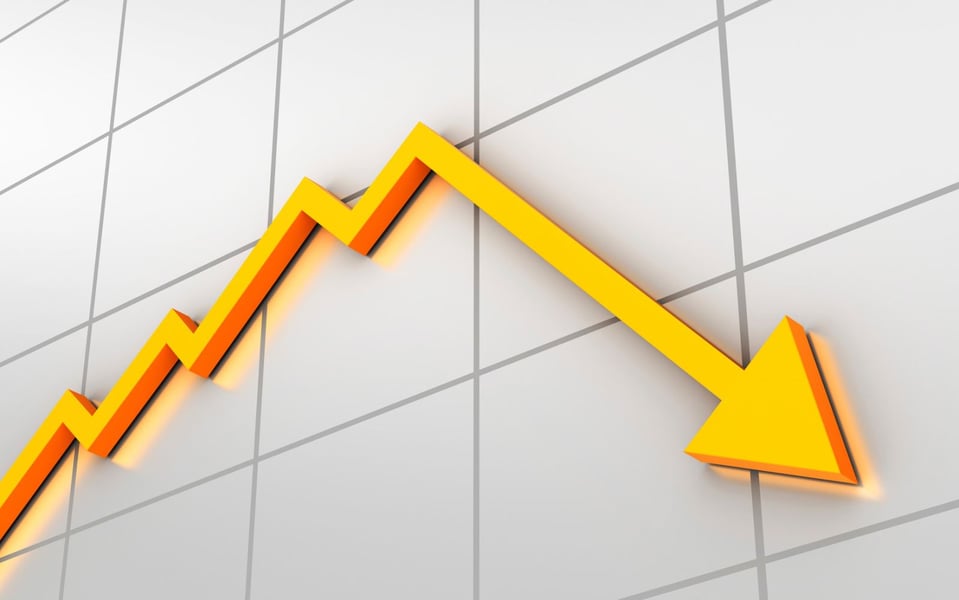All of the information in the world doesn't mean a thing if you can't get people to act on it

I'm a big believer in quantitative data. The more measurable information we have, the clearer and more precise the decisions we'll be able to make. Any organization that doesn't focus on data will be left behind in a world in which so many organizations are tapping into the power of analysis for making decisions. If your organization is data-driven, you're certainly off to a great start.
That being said, the numbers aren't going to mean anything to anyone unless they can be properly explained. Maybe you're an executive trying to get your people to understand how to implement processes that are based on data analysis. Or perhaps it's the other way around; maybe you have some data that you're trying to present to an executive in your organization. In either case, the point is the same. It's not enough for you to have data; you've got to be able to translate it into something more meaningful and actionable.
On the September 21 episode of my Lykken on Lending broadcast, my cohost Andy Schell mentioned the importance of data visualization. You've got to have charts; you've got to have graphs. Most people are visual. The small print listed in columns of data doesn't really mean much to anyone by itself. But when those same numbers are plotted on a graph, people really start to take notice. So if you're already driven by data in your organization, take some time learning how to translate it into something visual. All of the information in the world doesn't mean a thing if you can't get people to act on it.
That being said, the numbers aren't going to mean anything to anyone unless they can be properly explained. Maybe you're an executive trying to get your people to understand how to implement processes that are based on data analysis. Or perhaps it's the other way around; maybe you have some data that you're trying to present to an executive in your organization. In either case, the point is the same. It's not enough for you to have data; you've got to be able to translate it into something more meaningful and actionable.
On the September 21 episode of my Lykken on Lending broadcast, my cohost Andy Schell mentioned the importance of data visualization. You've got to have charts; you've got to have graphs. Most people are visual. The small print listed in columns of data doesn't really mean much to anyone by itself. But when those same numbers are plotted on a graph, people really start to take notice. So if you're already driven by data in your organization, take some time learning how to translate it into something visual. All of the information in the world doesn't mean a thing if you can't get people to act on it.



